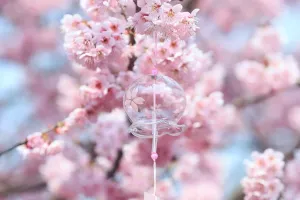The word ballet is derived from the ancient Latin word "Ballo", which originally meant dancing, or dancing in public, and did not mean theatre.
The history of ballet can be traced back to the Italian court at the height of the Renaissance in Europe and to the court of the Bégende in southern France.
The dance was performed for weddings, receptions of foreign heads of state, and other annual celebrations as a sign of good cheer.
1
The first ballet to be recognized today is the Ballet Comique de la Reine (The Queen's Comedy Ballet), performed in 1581, a lavish five-and-a-half-hour dance in which King Henry II of France and his Italian wife Catherine de Medici are said to have taken part.
2
Ballet could not have flourished without the impetus of Louis XIV. Trained as a ballet dancer from an early age, Louis XIV not only performed 80 roles in 40 major ballets but also founded the world's first ballet school, the Royal Academy of Dance, appointing his ballet teachers to the post.
The five basic positions of the ballet form were thus choreographed and used to this day, and it was during this period that the aesthetic standards of classical ballet were established.
3
The oldest ballet company in the world is the Ballet de l'Opéra de Paris, founded in 1699 by the Royal Conservatoire, which formed the first professional dance company in Europe, later known as the Opéra de Paris and the Ballet de l'Opéra de Paris.
The creation of this company also marked the move of ballet from the court to the public theatre.
4
Women were initially not allowed to perform in ballet, and female roles were generally reversed by male actors with masks and wigs, until 1681 when the ballet Triomphe de L'Amour saw the official debut of professional female performers.
5
In 1832, Maria Tarrioni made the first toe twirls to portray the extraordinary nymph in her ballet The Nymph, and with the perfection of the toe shoe, toe work became a compulsory skill for ballet dancers.
6
Professional ballet dancers usually wear out 2-4 pairs of pointe shoes a week. It was once estimated that a ballerina had to wear out almost 2,000 pairs of shoes from the time she learns to dance to the time she finally stands out as a 'white swan'!
7
It can take a seamstress 60-90 hours to make a Tutu, the iconic skirt of classical ballet, but if it is carefully maintained it can last 20 years or more.


